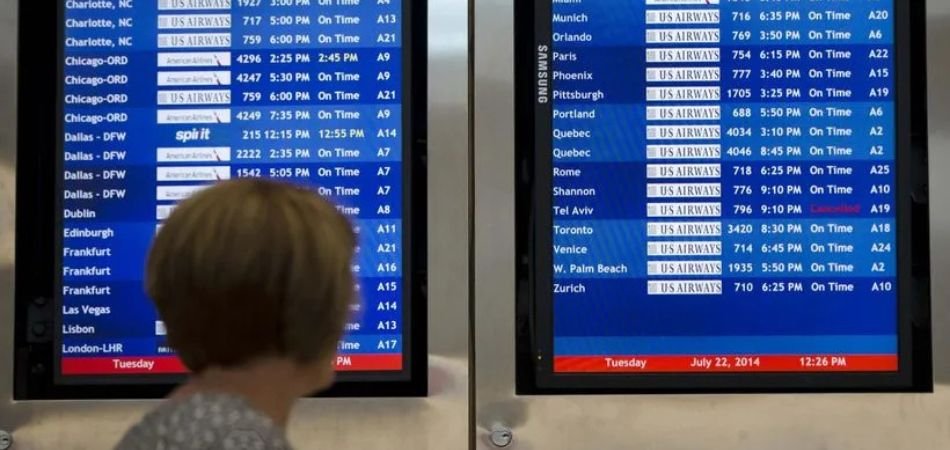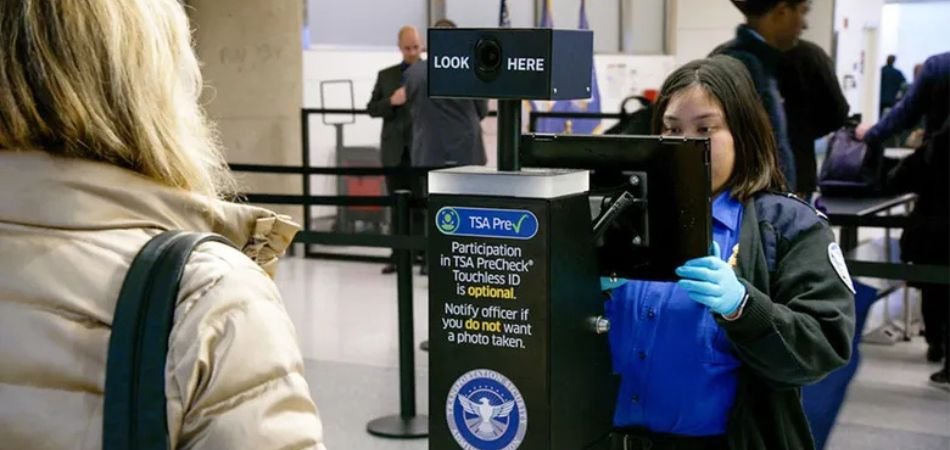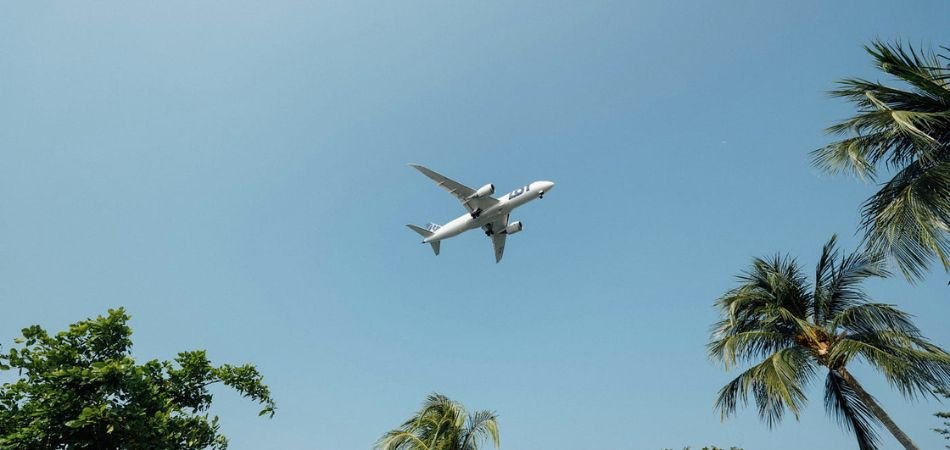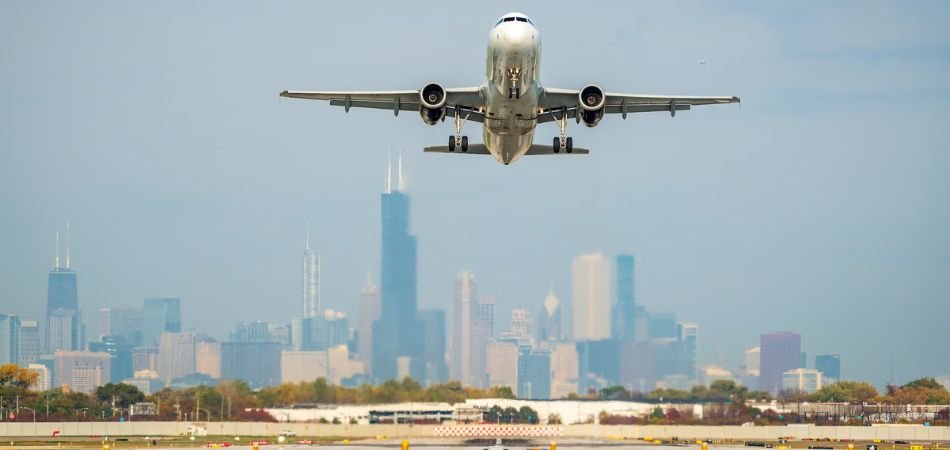Navigating Cold Weather: Flight Operations & Snow
Everyone loves to fly in the air, but flying in the winter can be both a magical and terrifying experience, because one of the biggest concerns for travelers is whether snow will cancel or delay their flight. If a question strikes your mind, how many inches of snow will cancel a flight, then you are not alone. The answer is not as straightforward as it may seem; it depends on a combination of factors, including visibility, runway conditions, snow removal capabilities, and airline regulations. This blog tells you everything that you need to know about flying during snowy conditions.
Understanding Snow and Flight Cancellations
Before we proceed to the exact number of inches, it’s essential to understand how snow impacts air travel. For your information, Aircraft and airports are especially designed to operate under any weather conditions, including snow, but certain levels of accumulation can affect safety and operational efficiency.
Let’s have a look at what snow can affect:-
- Runway surface condition
- Anti-icing procedures
- Reduced visibility
- Aviation ground services
When any of the above are impacted, flights may be delayed, diverted, or canceled entirely.
How Many Inches of Snow Will Cancel a Flight?
No fixed value guarantees cancellation, but there are general guidelines that we have to understand to travel safely.
| 1 to 3 Inches | 4 to 6 Inches | 6 to 10 Inches | 10 plus inches |
| Low chances of Cancellation | Moderate disruptions occur | Increased chance of cancellation | High chances of cancellation |
| Most airports and airlines are well-equipped to handle this amount of snowplows, but short delays can still happen. | Here, flights may experience delays, especially during the snow event, and cancellations can occur if snowfall is continuous. | At this level, airport runways require constant plowing, and deicing times increase as a result; airlines begin canceling flights to manage their scheduling. | Most commercial flights are delayed or canceled unless the airport has advanced snow-clearing capabilities, as many flight schedules are affected. |
Let’s understand Other Factors beyond Inches
Even if you are concern about how many inches of snow will cancel a flight, it’s also important to consider other contributing factors:
1. Visibility (IFR Conditions)
We know that heavy snowfall affects visibility, but if it drops below certain thresholds, like a quarter mile, aircraft cannot legally take off or land.
2. Airport Framework
There are airports, such as Chicago O’Hare or Denver International, that are better prepared for snow due to their climate, as they have extensive snow-clearing equipment and trained staff.
3. Timing of the Snowfall
If the snowfall continues right before or during the flight time, then it is more disruptive than the previous one that has been cleared.
4. Wind and Ice
If the snow is combined with freezing rain and heavy winds, then it is far more dangerous than snow alone. Ice accumulation on the wings and the runway track is a major concern.
5. Airline Rule
It totally depends on the Airlines how quickly they cancel flights. For example, Delta Air Lines may proactively cancel flights to avoid chaos, while Spirit Airlines may wait longer before making changes.
How Airline Handles Snowstorms
Airlines don’t just look at the snowfall, but they analyze weather forecasts and airport readiness, and when severe snowstorms are predicted, many airlines will issue:
- Waivers for travel (free rebooking)
- Preemptive cancellations to lessen the impact on passengers
- Hub rescheduling, especially in winter storm-prone cities
If you are flying with Delta Air Lines or Spirit Airlines, it is beneficial to closely monitor your flight status via their mobile apps or websites, as both carriers provide real-time updates during weather disruptions.
How to Prepare for a Flight During Snow Season
If you are worried about how many inches of snow will cancel a flight, then preparation is your best strategy. Here’s what you can do:
- Monitor the status: Firstly, check the weather forecast for your departure and arrival airports 72, 48, and 24 hours before your travel.
- Sign Up for Alerts: To stay alert, consider enrolling in text or email alerts from your airline, and you can also use flight tracking apps.
- Arrive Early: During snowstorms, airport procedures may be slower, and security lines can back up. Therefore, it is advisable to arrive at least 2-3 hours prior to the scheduled start time.
- Pack Essential Items in Your Carry-On: Always take your medication, chargers, snacks, and a change of clothes in case you are stranded or rerouted.
- Aware of your passenger rights: If your flight is canceled due to adverse weather conditions, airlines are not required to provide compensation. But the majority will rebook you for free on the next available flight.
Real-World Examples of Snow-Related Cancellations
Let’s have a look at how the snow affects a real-life scenario:-
- In February 2021, over 3,000 flights were canceled due to a snowstorm that dropped 6–12 inches across the U.S. Midwest.
- Boston Logan International Airport has remained open despite snowfalls of more than 20 inches, thanks to efficient snow removal teams.
- Due to inadequate snow-clearing resources, smaller regional airports frequently close with only 3-5 inches of snow.
These cases highlight how many inches of snow will cancel a flight depends heavily on the specific airport’s capabilities.
In the End!
So, how many inches of snow will cancel a flight? While there’s no fixed number, cancellations are unlikely below 3 inches and highly probable above 8–10 inches, especially when combined with wind or ice. Other important factors include visibility, airport preparation, and airline protocols.
If you stay informed, prepare in advance, and understand the nature of winter flight operations, then you can travel smarter even when the snow starts to fall.
Frequently Asked Questions (FAQs)
Usually not, because most airports can handle up to 3 inches with minor delays. Cancellations can occur if the visibility is poor or if snow is combined with water.
There is a high chance that the flight may get canceled because many airports experience delays or partial shutdowns, especially if snow is falling rapidly or hasn’t been cleared yet.
Airports like Denver International and Chicago O’Hare are best prepared for snow and remain open even during heavy snowstorms.
Yes, if the runways are clear, but it depends more on visibility and runway conditions than just snowfall.
Contact your airline immediately for rebooking options and check if they have issued a weather waiver for free changes.
Latest Blogs











Leave a Reply